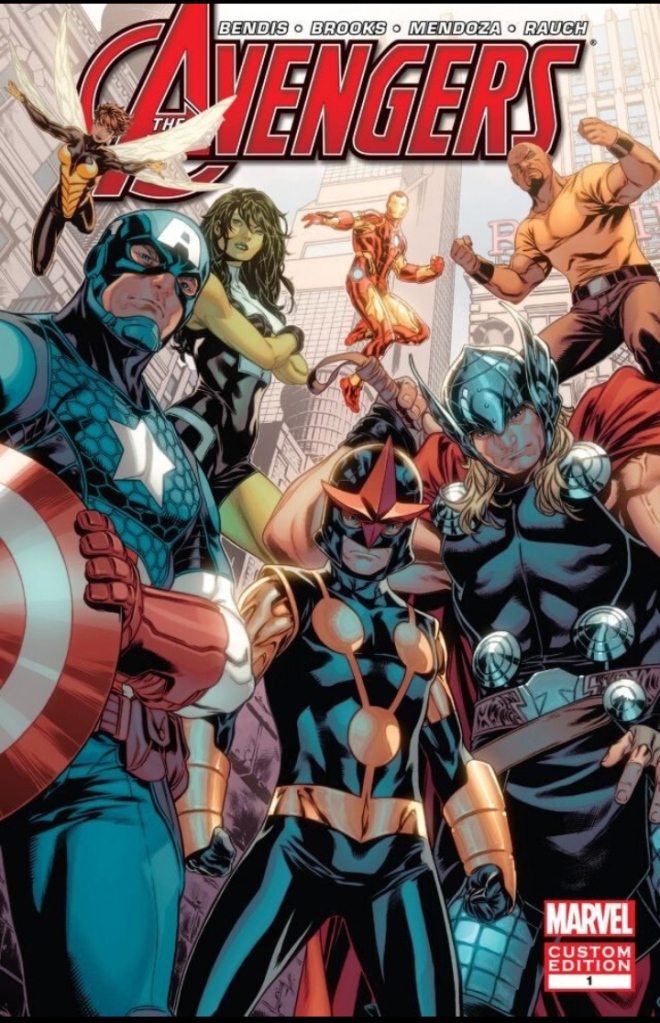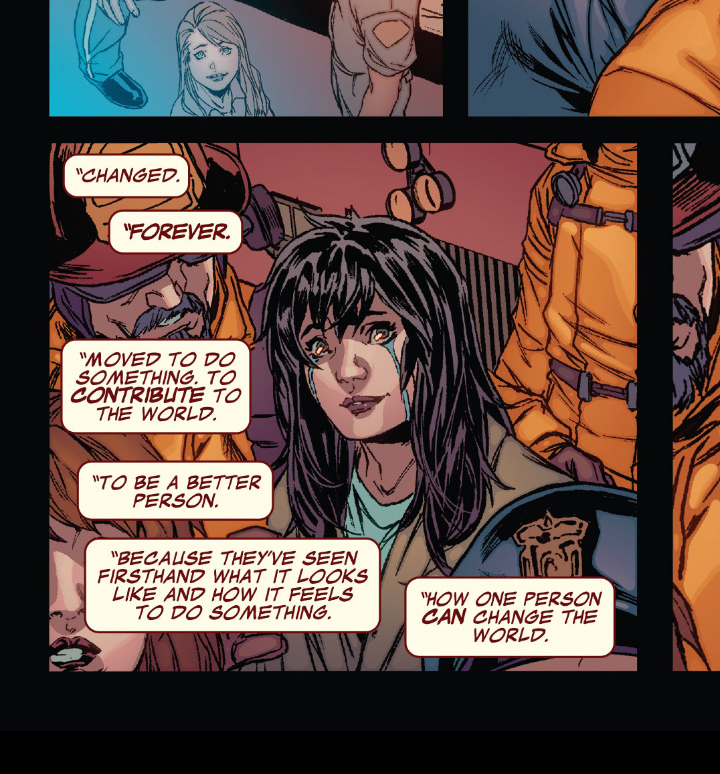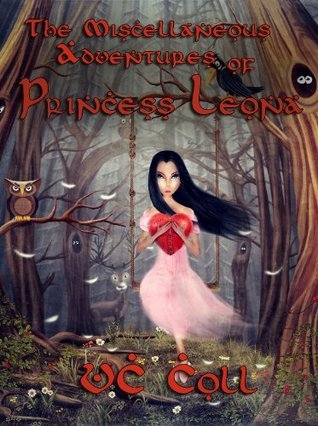“Go to therapy.”
I’ve heard it a lot, and at times I’ve considered it, but there is one thing about the whole situation that bothers me. That is the fact that there used to be someone you could talk to about your problems, tell your secrets to, and trust to have your back. That person was called a friend.
Now we live in a society where telling your friends about your problems is “trauma dumping”. No one wants to hear about your boyfriend breaking up with you, or that you’re lonely, or heaven forbid you lost your job and you just need someone to commiserate over a cup of coffee with you.
This has lead to, in my opinion, incredibly shallow friendships. I don’t know what’s bothering my friends because they don’t talk to me about their troubles. They don’t know about mine because I don’t want them to stop talking to me because I’m “trauma dumping.” Instead I end up just…staying to myself most of the time. Not because I’m depressed, in fact I’m happier than I’ve been in an incredibly long time. I just know that I don’t particularly care to invest in a “friendship” that is as shallow as a summer pond evaporating in the sunlight. As soon as something comes along to really shine a light on that “friendship”… it’s going to be gone.
Don’t get me wrong, I do think therapy is useful to a lot of people with real problems. OCD, phobias, PTSD induced by something horrible happening in the past. All of them and more could be helped with some good old fashioned cognitive-behavior therapy. It’s been shown to work, and lesson symptoms if not completely cure it. But the majority of people who go to therapy aren’t going for major issues… they are going because they just need a real friend.
Instead of friends we pay someone to listen to us talk about what’s bothering us. Instead of reaching out to others around us we are scared, lonely, and maybe even a little self obsorbed.
Honestly… I found the easiest way to cure my loneliness wasn’t to pay someone so I could talk to them about it, rather it was to reach out to others and talk to them about their life, and hope they would want to talk about mine. Because that’s the other thing missing from a lot of relationships these days… the basic give and take of a true friendship. The mutual interest in each other.
Once, a long time ago, someone sent me the book “How to Win Friends and Influence People”. They said it would help me with my goal of getting more friends. I didn’t find it helpful at all because it advocated for you to just let others talk about themselves, always, and never really share a part of you. People like to talk about themselves, it said, and the book is absolutely right about that. But this leaves you with a one sided relationship as you learn everything about those you want to influence and they learn nothing about you.
It’s a marketing tactic, one that clearly works very well. But it doesn’t create the long lasting and deep relationships that I wanted. It doesn’t foster understanding between two people, or let you know that if something bad happens that person has your back.
Instead we are left with that cheerful fellow that always asked me questions, and was a good listener…but I didn’t really know much about him, and I probably wouldn’t invite him for more than an afternoon cup of tea. And if my car broke down I wouldn’t call him for a ride.
Some people are absolutely fine with these shallow, superficial relationships. They might have a few closer friends and enjoy the casual passage of time with others. But I suspect there are a great many people out there like me who want something more fulfilling. Someone who actually cares, and knows more about you than the average person out there. I suspect a great many people pay a therapist to listen to them because they feel that missing relationship of a friend who has their back.
And sure, a significant other absolutely fills that space, but it isn’t very healthy to have only one outlet for interpersonal communication. Sometimes you need that friend to go have coffee and chit chat with. Sometimes you want to go play pool with the boys. It’s actually better for a relationship if you do spend time with other people sometimes.
Regardless, I feel like this over reliance on therapy, and lack of deep friendships, is just another sign of a low trust society. We aren’t able to really let others in because we don’t trust them. They might use what we say against us, they might get us canceled, they might turn us into some authority, or get us fired. And for a lot of us if we get burned too many times it’s hard to kindle that fire again.
I don’t know what the answer is. I just know that I still try to reach out to others, to listen to their stories, and share mine with them. To be just a little vulnerable, and hope they reciprocate. In the end…that’s all we can do. Put ourselves out there and try again.










